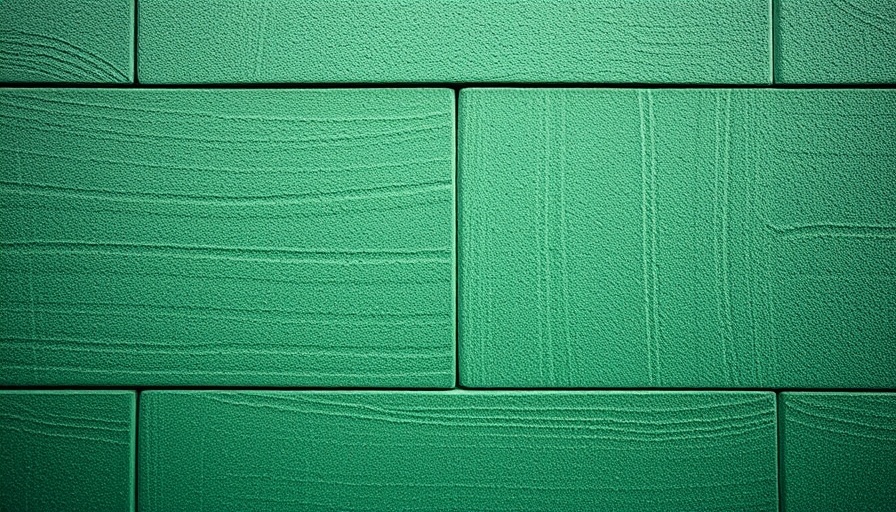
Transforming Spaces: The Power of Hardie® Architectural Panels
When it comes to construction and design, the materials we choose shape not only the aesthetics of a building but also its safety and longevity. Hardie® Architectural Panel stands out as a premium cladding solution that offers exceptional versatility. Available in a myriad of textures and colors, these panels are not only visually appealing but also offer flexibility, allowing architects to push the boundaries of creative design.
Ensuring Safety with A2 Fire Rating
In today's fast-paced world, compliance with building regulations is paramount, especially when it comes to fire safety. The Hardie® Architectural Panel boasts an impressive A2-s1, d0 fire rating, ensuring its capability to meet stringent safety standards. This places it firmly within the compliance requirements of The Building Safety Act and Approved Document B. For project developers and property owners, this isn't just a requirement but a commitment to safety and durability for all building occupants.
Seamless Integration: Aesthetic Versatility Meets Durability
The ability to blend with other construction materials like stone and brick enhances the practicality of Hardie® Architectural Panels. Not only do they present an aesthetic appeal allowing for remarkable facade designs, but they also provide remarkable durability against various environmental challenges. This makes them an ideal solution for facility managers and property developers who prioritize both form and function.
Designing for the Future: Innovation in Architectural Thought
The architectural landscape is constantly evolving, paving the way for innovative building materials that adhere to sustainability and environmental standards. Hardie® Architectural Panel aligns perfectly with these shifting paradigms, as it serves as not only a fire-resistant solution but also contributes towards environmentally friendly building practices. Such innovations empower businesses and developers to make informed decisions that respect both user safety and environmental stewardship.
A Call to Innovate and Elevate Your Building Projects
Incorporating Hardie® Architectural Panels into your next construction project not only enhances the aesthetic appeal and safety of a building but also signifies a commitment to modern, innovative practices. As the demand for high-performing and compliant materials continues to rise, now is the perfect time for architects and construction professionals to consider their potential.
To explore more about how Hardie® Architectural Panels can transform your designs and construction practices, reach out to your suppliers or connect with us for further insights. Stay ahead in your projects, innovate your designs, and build a safer, more attractive space for your clients and the community.
 Add Row
Add Row  Add
Add 




Write A Comment